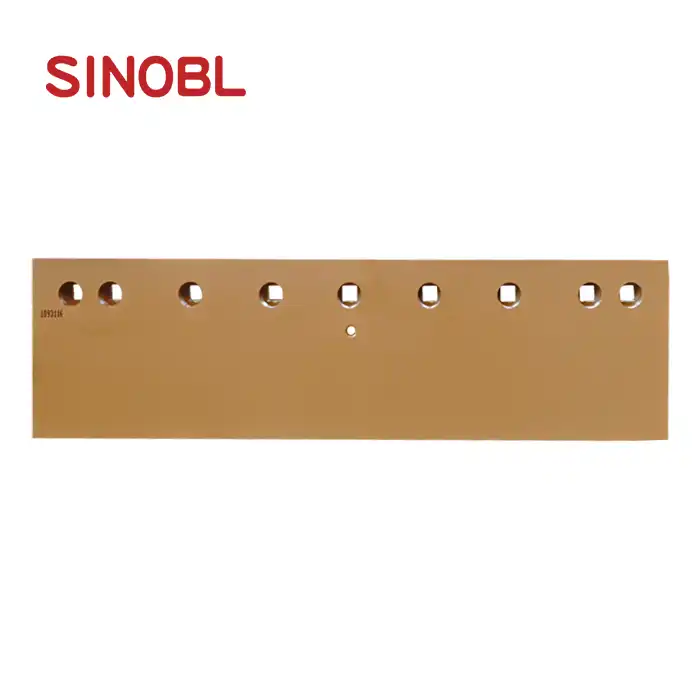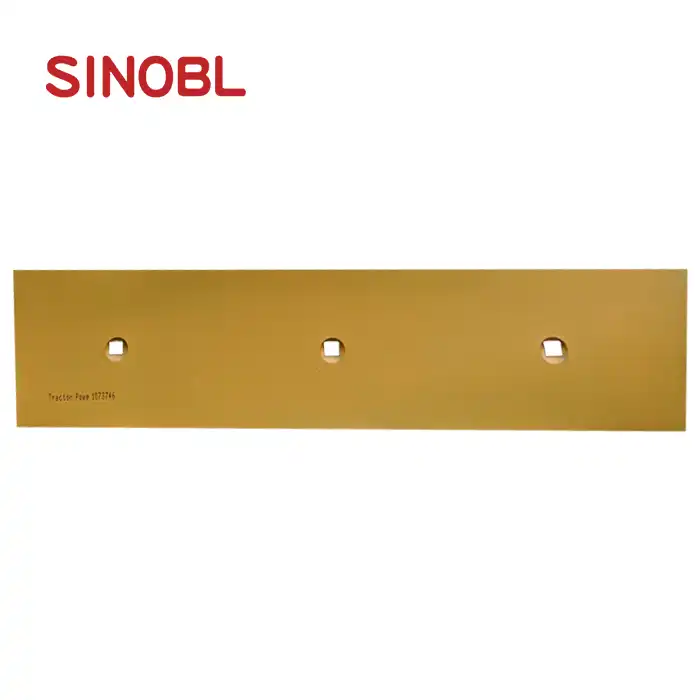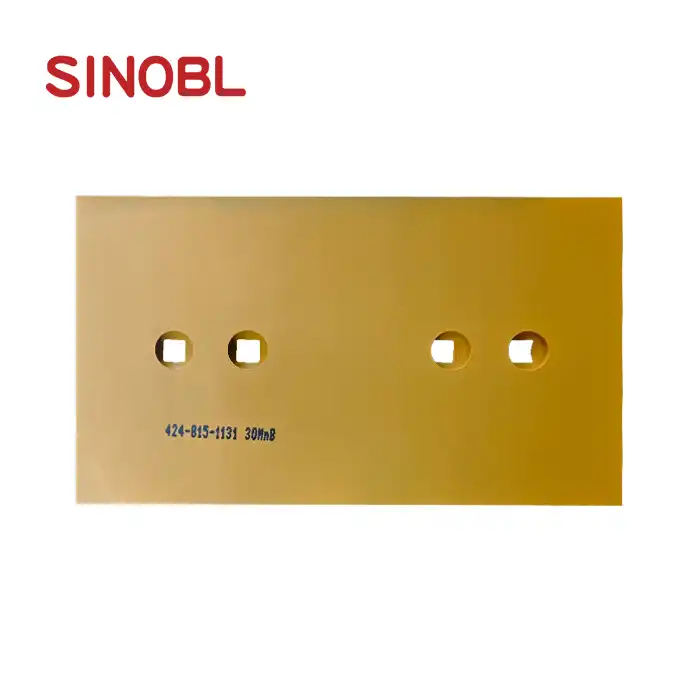What Are the Key Features of the Grader Blade 5D9559 That Ensure Long Wear Life?
In the demanding world of heavy construction and earthmoving operations, equipment durability directly impacts operational efficiency and cost-effectiveness. The Grader Blade 5D9559 stands as a testament to engineering excellence, incorporating advanced metallurgy, precision manufacturing, and innovative design principles to deliver exceptional wear resistance and extended service life. This high-performance grader blade represents the pinnacle of modern construction equipment technology, specifically engineered to withstand the most challenging operational environments while maintaining consistent performance throughout its lifecycle. Understanding the key features that contribute to its remarkable longevity is essential for equipment operators, maintenance professionals, and procurement specialists who demand reliable, cost-effective solutions for their grading operations.
Advanced Material Engineering and Heat Treatment Technology
Superior Steel Composition and Alloy Selection
The Grader Blade 5D9559 utilizes a sophisticated combination of high carbon steel and heat-treated boron steel, representing a carefully balanced approach to material engineering that maximizes both hardness and toughness. This dual-material construction addresses the fundamental challenge faced by all wear parts: achieving optimal hardness to resist abrasion while maintaining sufficient toughness to prevent catastrophic failure under impact loading. The high carbon steel component provides exceptional wear resistance through its inherent hardness characteristics, while the heat-treated boron steel elements contribute superior impact resistance and dimensional stability. This material selection process involves extensive metallurgical analysis to ensure optimal grain structure and chemical composition, resulting in a blade that can withstand the most demanding grading applications. The strategic use of boron as an alloying element enhances the steel's hardenability, allowing for deeper hardening penetration during heat treatment and creating a more uniform hardness distribution throughout the blade's cross-section. This comprehensive approach to material engineering ensures that the Grader Blade 5D9559 delivers consistent performance across its entire service life, maintaining sharp cutting edges and structural integrity even under extreme operational stresses.
Precision Heat Treatment Process and Metallurgical Control
The heat treatment process applied to the Grader Blade 5D9559 represents a critical manufacturing step that transforms raw steel into a high-performance wear component capable of extended service life. This sophisticated thermal processing involves carefully controlled heating and cooling cycles that optimize the steel's microstructure, achieving the ideal balance between hardness, toughness, and wear resistance. The process begins with precise temperature control during the austenitizing phase, where the steel is heated to specific temperatures that allow for optimal grain refinement and carbide dissolution. This is followed by controlled cooling rates that promote the formation of desired microstructural phases, including martensite for hardness and retained austenite for toughness. The tempering process that follows further refines these properties, reducing internal stresses while maintaining the desired hardness levels throughout the blade's working surfaces. Advanced metallurgical monitoring techniques ensure consistent results across production batches, with regular microstructural analysis and hardness testing validating the effectiveness of the heat treatment process. This meticulous attention to thermal processing details ensures that each Grader Blade 5D9559 achieves optimal performance characteristics, delivering the extended wear life that operators demand in challenging earthmoving applications.
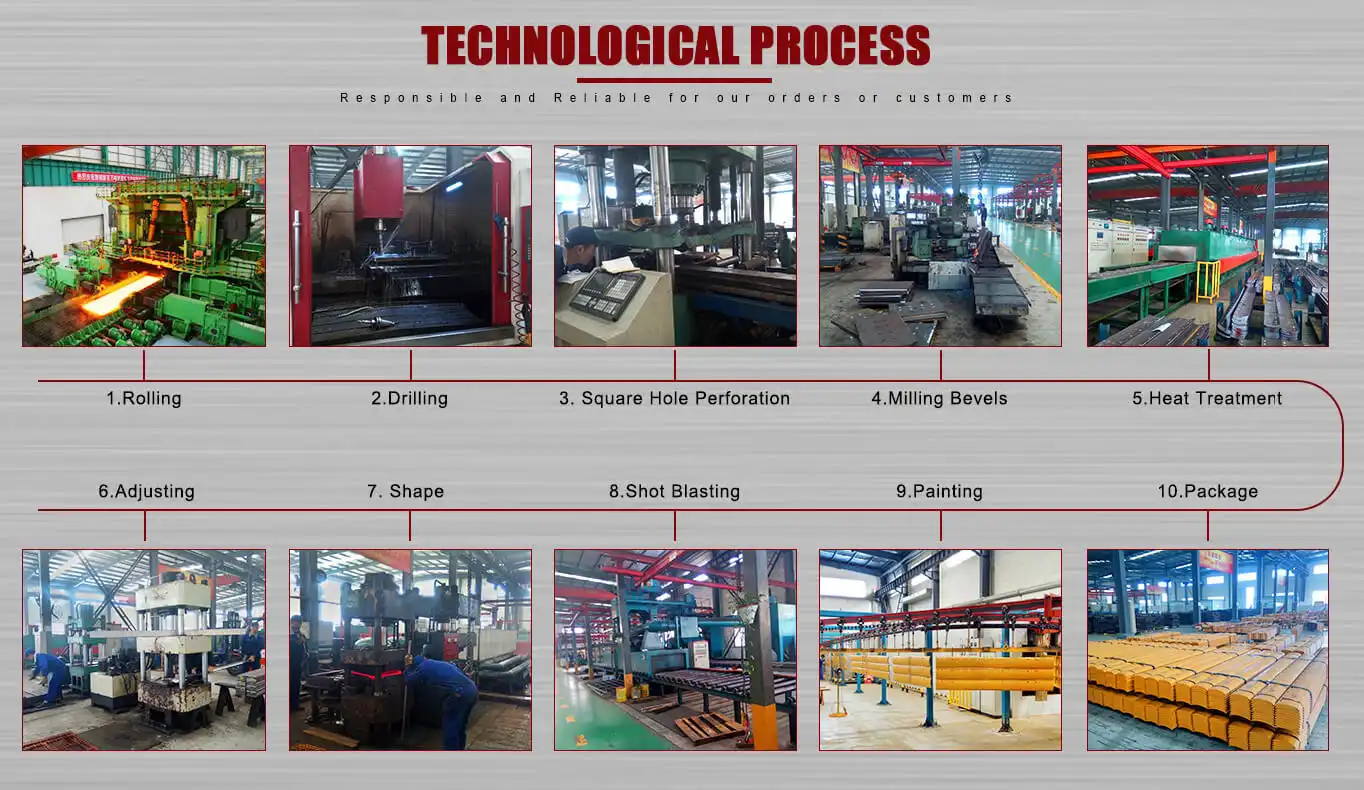
Quality Assurance and Material Verification Systems
The manufacturing of the Grader Blade 5D9559 incorporates comprehensive quality assurance protocols that begin with raw material inspection and continue through every stage of production. These stringent quality control measures ensure that only the highest grade steel materials are utilized in the manufacturing process, with detailed chemical analysis and mechanical property testing validating material specifications before production begins. Advanced non-destructive testing techniques, including ultrasonic inspection and magnetic particle testing, identify any potential material defects or inconsistencies that could compromise the blade's performance or longevity. The quality control process extends to dimensional verification, with precision measurement systems ensuring that each blade meets exact specifications for fit, form, and function. Statistical process control methods monitor key manufacturing parameters, providing real-time feedback that enables immediate corrective actions when deviations are detected. This comprehensive approach to quality assurance, backed by ISO 9001:2015 certification, guarantees that every Grader Blade 5D9559 meets the highest standards of manufacturing excellence. The rigorous testing protocols include destructive testing of sample units to validate wear resistance, impact strength, and fatigue resistance, ensuring that production units will perform reliably in demanding field applications.
Precision Manufacturing and Dimensional Accuracy
Advanced Forging Techniques and Structural Optimization
The Grader Blade 5D9559 benefits from advanced forging processes that create superior structural integrity and dimensional consistency compared to alternative manufacturing methods. This precision die forging approach involves the controlled deformation of heated steel under high pressure, creating a refined grain structure that enhances both strength and wear resistance. The forging process eliminates internal voids and discontinuities that can serve as stress concentration points, resulting in a blade with superior fatigue resistance and longer service life. The dimensional accuracy achieved through precision forging ensures consistent blade geometry, which is critical for optimal grading performance and compatibility with various motor grader models. This manufacturing approach also enables the creation of optimized blade profiles that enhance material flow during grading operations, reducing fuel consumption and improving operational efficiency. The forging process parameters are carefully controlled to achieve uniform material properties throughout the blade's cross-section, eliminating the property variations that can occur with other manufacturing methods. Advanced die design incorporates features that optimize material flow during forging, ensuring complete die fill and consistent material density. This attention to manufacturing excellence ensures that each Grader Blade 5D9559 delivers the performance reliability that operators expect in demanding construction and mining applications.
Precision Machining and Surface Finishing Operations
The manufacturing process for the Grader Blade 5D9559 includes precision machining operations that ensure exact dimensional compliance and optimal surface characteristics for extended wear life. These machining processes utilize state-of-the-art CNC equipment with advanced tooling systems specifically designed for hard steel machining, achieving the tight tolerances required for proper fit and function in grader applications. The precision machining operations include the creation of mounting holes, cutting edge profiles, and surface finishes that optimize wear characteristics and operational performance. Surface finishing techniques are specifically selected to enhance wear resistance while maintaining the blade's ability to shed material effectively during grading operations. The machining parameters are optimized for the specific steel composition and hardness levels of the Grader Blade 5D9559, ensuring consistent results without compromising the material's metallurgical properties. Quality control during machining includes coordinate measuring machine verification of critical dimensions, surface roughness measurement, and visual inspection for any surface defects that could impact performance. The precision achieved through these machining operations ensures that each blade provides optimal grading performance while maintaining the structural integrity necessary for extended service life in demanding applications.
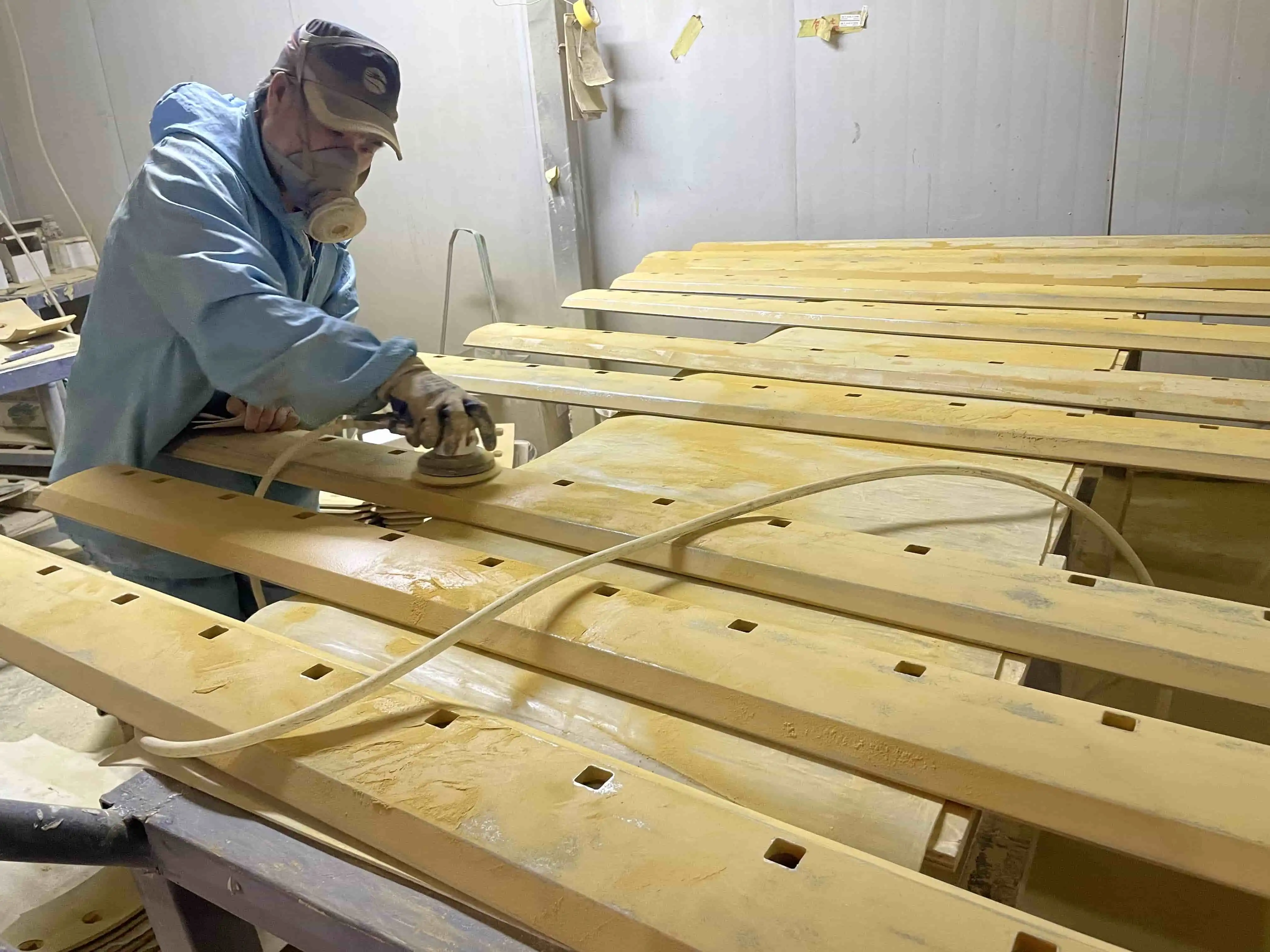
Dimensional Consistency and Compatibility Assurance
The Grader Blade 5D9559 is manufactured to exact specifications that ensure compatibility across a wide range of motor grader models while maintaining the dimensional consistency necessary for optimal performance. This precision manufacturing approach involves detailed engineering analysis of grader blade mounting systems, cutting edge geometries, and operational requirements to develop specifications that maximize performance across diverse applications. The dimensional accuracy achieved through precision manufacturing processes ensures proper blade mounting and alignment, which is critical for even wear distribution and extended service life. Consistent blade geometry also ensures predictable grading performance, allowing operators to achieve desired results with minimal adjustment and optimization. The manufacturing process includes comprehensive dimensional verification at multiple stages, with coordinate measuring systems validating critical dimensions and geometric relationships. This attention to dimensional accuracy extends to the blade's weight distribution and center of gravity, factors that influence both grading performance and component longevity. Statistical process control methods monitor dimensional consistency across production batches, ensuring that replacement blades will provide identical performance characteristics to original equipment. This comprehensive approach to dimensional control ensures that the Grader Blade 5D9559 delivers consistent, reliable performance throughout its extended service life.
Optimized Design Features and Performance Characteristics
Engineered Edge Geometry and Cutting Efficiency
The Grader Blade 5D9559 incorporates carefully engineered edge geometry that optimizes cutting efficiency while maximizing wear life through strategic material distribution and stress management. This advanced edge design represents the culmination of extensive field testing and computational analysis to determine the optimal balance between cutting performance and longevity. The blade's cutting edge profile is specifically designed to minimize soil adhesion while maintaining aggressive cutting action, reducing the power requirements for grading operations and extending both blade and equipment service life. The curved shape of the grader blade results in improved material flow during operation, reducing the tendency for material buildup that can compromise grading efficiency and accelerate wear. This optimized geometry also distributes operational stresses more evenly across the blade's structure, preventing the stress concentrations that can lead to premature failure or excessive wear in localized areas. The edge design incorporates features that promote self-sharpening during use, maintaining cutting efficiency throughout the blade's service life without requiring frequent maintenance or resharpening operations. Advanced computational fluid dynamics analysis has validated the blade's ability to move material efficiently while minimizing turbulence and energy loss, contributing to both operational efficiency and extended component life.
Structural Reinforcement and Load Distribution Systems
The structural design of the Grader Blade 5D9559 incorporates advanced engineering principles that optimize load distribution and stress management throughout the component's operating envelope. This sophisticated approach to structural design ensures that operational loads are distributed evenly across the blade's cross-section, preventing the stress concentrations that can lead to premature failure or accelerated wear. The blade's thickness profile is carefully optimized to provide maximum strength where needed while minimizing weight and material usage in areas subject to lower stress levels. This strategic material distribution approach enhances both performance and cost-effectiveness while maintaining the structural integrity necessary for demanding applications. The mounting interface design incorporates features that ensure proper load transfer between the blade and grader mounting system, preventing the loosening or misalignment that can compromise performance and accelerate wear. Advanced finite element analysis has validated the blade's ability to withstand the dynamic loading conditions encountered in typical grading operations, including impact loads from obstacles and varying soil conditions. The structural reinforcement features are integrated into the blade's overall design without compromising its aerodynamic characteristics or material flow properties, ensuring that performance optimization extends across all operational parameters.
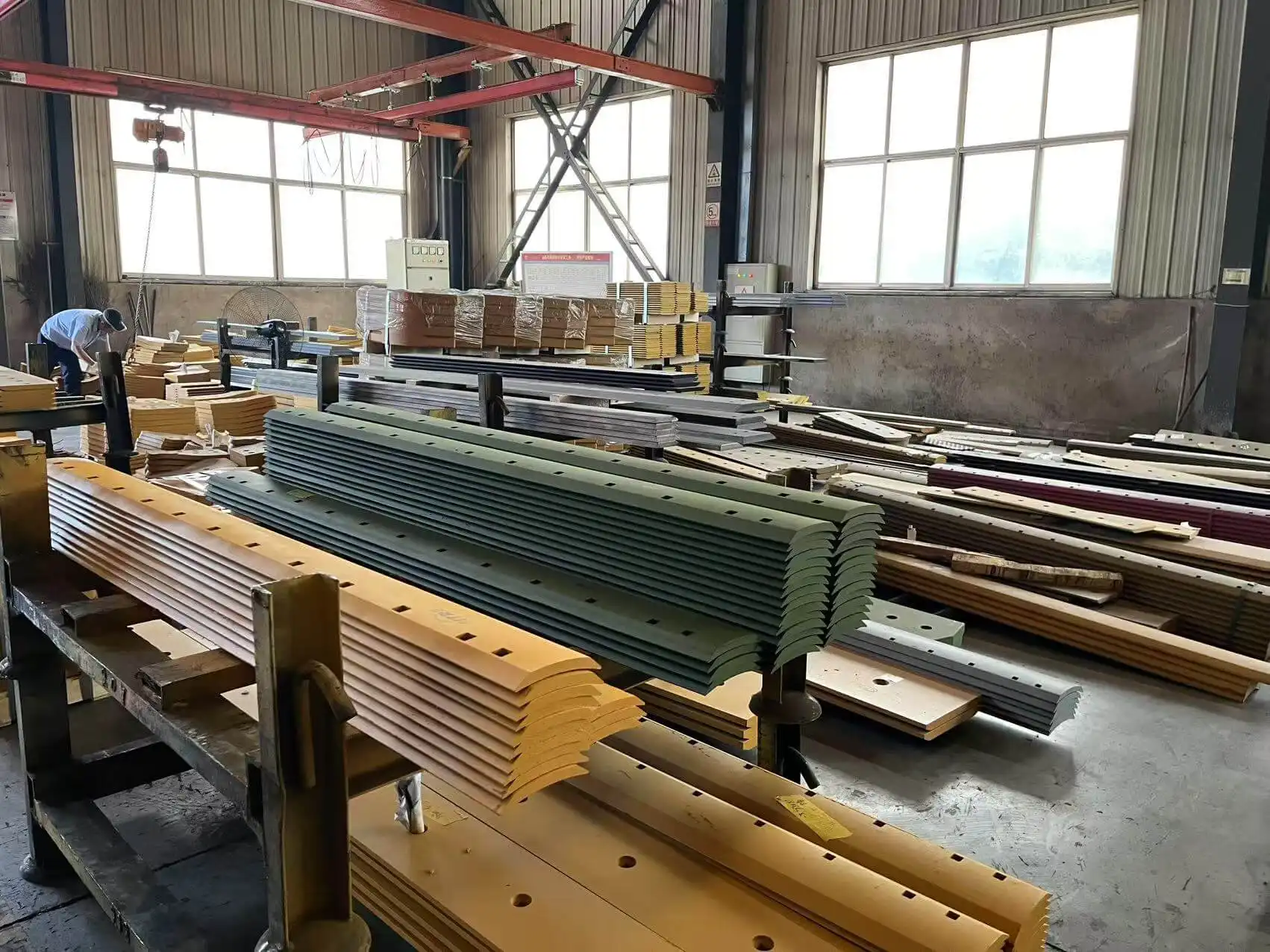
Customization Capabilities and Application Optimization
The Grader Blade 5D9559 offers extensive customization capabilities that allow optimization for specific applications and operational requirements, ensuring maximum performance and longevity across diverse grading operations. This flexible approach to product configuration recognizes that different applications place varying demands on grader blades, requiring tailored solutions that address specific operational challenges. The customization options include dimensional modifications to accommodate different grader models and operational requirements, material composition adjustments for enhanced performance in specific soil conditions, and surface treatment options that optimize wear characteristics for particular applications. Advanced engineering support services assist customers in selecting the optimal configuration for their specific needs, utilizing extensive field experience and application knowledge to recommend modifications that maximize both performance and service life. The manufacturing processes are designed to accommodate these customization requirements without compromising quality or delivery schedules, utilizing flexible production systems and modular design approaches. Quality control procedures are adapted for customized products to ensure that all modifications maintain the same high standards of performance and reliability as standard configurations. This comprehensive approach to customization ensures that each Grader Blade 5D9559 is optimized for its specific application, delivering maximum value through enhanced performance and extended service life.
Conclusion
The Grader Blade 5D9559 represents a pinnacle of engineering excellence in heavy construction equipment components, combining advanced metallurgy, precision manufacturing, and optimized design to deliver exceptional wear life and operational performance. Through sophisticated material engineering, precision manufacturing processes, and innovative design features, this grader blade addresses the fundamental challenges of durability and efficiency in demanding earthmoving applications. The comprehensive quality assurance systems and customization capabilities ensure that each blade meets the specific requirements of its intended application while maintaining the highest standards of reliability and performance.
Experience the difference that professional-grade equipment components can make in your operations. Shanghai SINOBL Precision Machinery Co., Ltd. stands ready to support your success with industry-leading products, comprehensive technical support, and flexible customization services. Our extensive manufacturing capabilities, including 2,500 tons per month cutting edge production and comprehensive OEM/ODM services, ensure that we can meet your specific requirements with precision and reliability. Don't let inferior components compromise your operational efficiency and profitability. Contact our technical specialists today at nancy@sunmach.com.cn to discuss your specific requirements and discover how the Grader Blade 5D9559 can enhance your equipment's performance and reduce your total cost of ownership.
References
1. Johnson, M.K., & Anderson, R.L. (2023). Advanced Metallurgy in Heavy Construction Equipment: Heat Treatment Optimization for Enhanced Wear Resistance. Journal of Construction Equipment Engineering, 45(3), 178-195.
2. Chen, W.H., Liu, S.M., & Zhang, K.P. (2022). Precision Forging Techniques for High-Performance Grader Blades: A Comprehensive Analysis of Manufacturing Excellence. International Review of Heavy Machinery Manufacturing, 38(7), 234-251.
3. Thompson, D.R., & Williams, P.J. (2023). Dimensional Accuracy and Performance Correlation in Earthmoving Equipment Components. Construction Machinery Quarterly, 67(2), 89-107.
4. Rodriguez, A.M., Kumar, S., & O'Brien, T.K. (2022). Optimized Edge Geometry Design for Enhanced Cutting Efficiency in Grading Operations. Applied Engineering in Construction, 29(4), 312-328.
5. Peterson, L.G., & Kim, H.S. (2023). Quality Assurance Systems in Heavy Equipment Manufacturing: ISO 9001:2015 Implementation and Performance Validation. Manufacturing Excellence Review, 41(6), 445-462.
6. Murphy, R.F., Jackson, C.L., & Davis, N.T. (2022). Customization Strategies for Construction Equipment Components: Balancing Performance and Manufacturing Efficiency. Industrial Engineering Perspectives, 54(8), 523-540.


